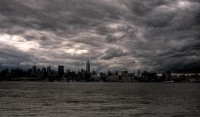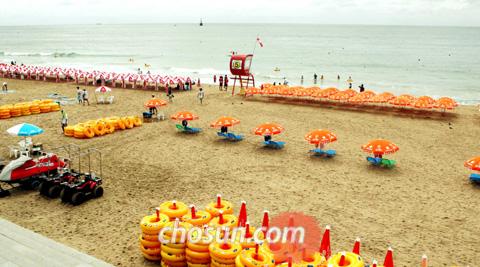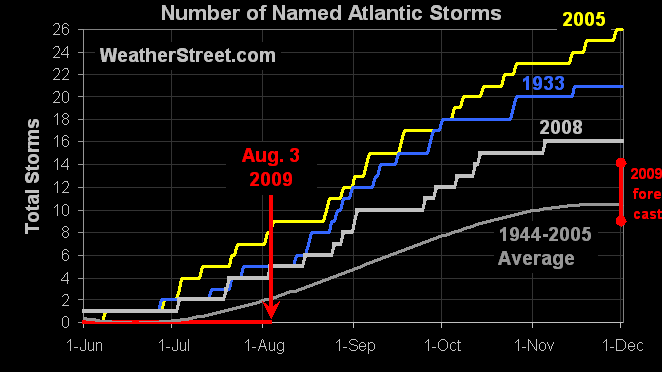
A highly contagious fungus that destroys tomato plants has quickly spread to nearly every state in the Northeast and the mid-Atlantic, and the weather over the next week may determine whether the outbreak abates or whether tomato crops are ruined, according to federal and state agriculture officials.
The spores of the fungus, called late blight, are often present in the soil, and small outbreaks are not uncommon in August and September. But the cool, wet weather in June and the aggressively infectious nature of the pathogen have combined to produce what Martin A. Draper, a senior plant pathologist at the United States Department of Agriculture, described as an "explosive" rate of infection.
William Fry, a professor of plant pathology at Cornell, said, "I've never seen this on such a wide scale."






Comment: Related Story:
US: The Irish Potato Famine Fungus Is Attacking Northeast Gardens And Farms Now